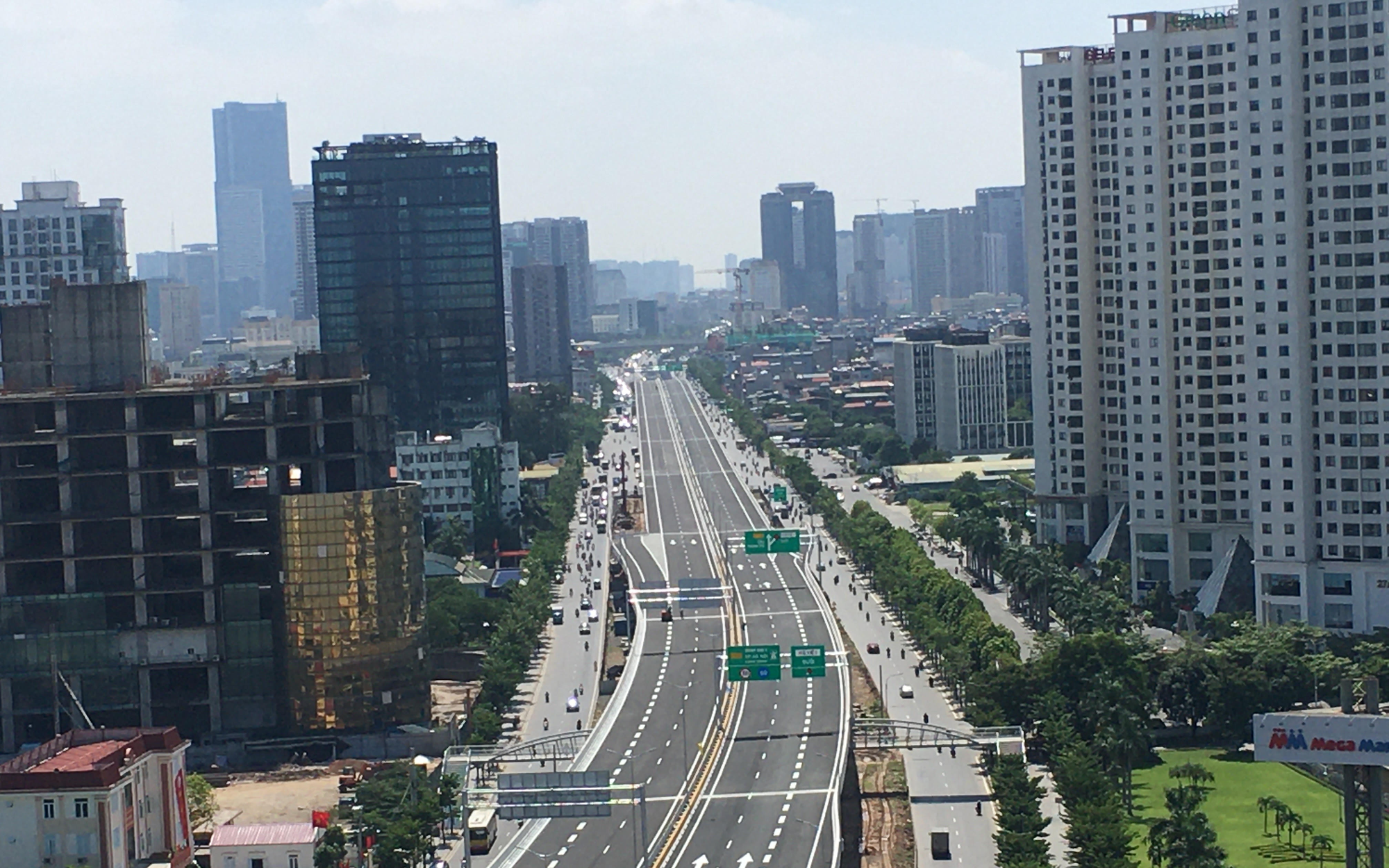These new boards are formed by reorganizing existing district-level construction project management boards and land development centers.
According to the decision, a total of 126 Project and Infrastructure Management Boards will be established under commune- and ward-level People's Committees after the restructuring.

Each Project and Infrastructure Management Board operates as a public non-business unit under the authority of a commune- or ward-level People’s Committee, with full legal status, its own seal, and bank accounts at both the State Treasury and commercial banks, in line with current regulations.
The boards are authorized to act as project owners or delegated project owners for projects funded by either state or non-state capital. They may also manage projects on behalf of other owners through signed project management contracts.
Their responsibilities include organizing and overseeing projects they invest in or are entrusted to manage, provided they meet all legal requirements. In addition, the boards are tasked with compensation, support, and resettlement efforts; managing land funds; acquiring land-use rights from individuals and organizations; and organizing land-use rights auctions.
Each board's organizational structure includes a Director, Deputy Directors, and specialized departments. These departments are established based on the unit's autonomy plan and must manage at least two functional areas. The number of civil servants assigned to each Project and Infrastructure Management Board will be determined in phases, aligned with the financial autonomy roadmap set forth by the Government.
The Departments of Home Affairs, Construction, Finance, and Agriculture and Environment are responsible for overseeing and inspecting the implementation process in accordance with legal regulations.
District, town, and municipal People’s Committees are required to review and compile all relevant documents, data, financial records, and assets; assess the progress of assigned tasks; and fully prepare for the handover to receiving teams, in line with the city’s decision to dissolve district-level administrative units and implement the two-tier local government model.
They must also propose office locations for the new Project and Infrastructure Management Boards under commune- and ward-level People’s Committees to ensure seamless operations following the restructuring.